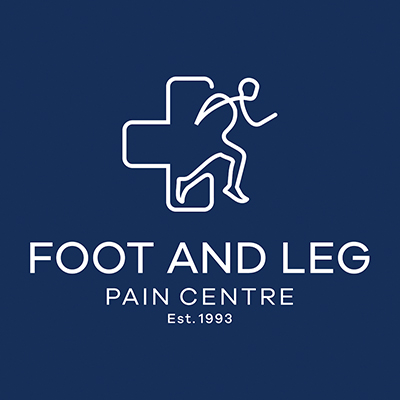
Dr Angus Chard PhD
Clicking on the Send Me Details Now button opens an enquiry form where you can message Dr Angus Chard PhD directly
How you stand, sit & walk may all have an impact on your body's structural integrity, & hence the quality of your posture and biomechanics. Our skilled podiatrists are experienced & adept in treating a wide range of biomechanical & structural issues. Working with them can help you to enhance your posture & general wellness.
Resolving Postural Problems
Servicing area
Dural NSWFocus areas
Hills Foot & Leg Pain Centre in Dural, New South Wales, provides Posture and Biomechanics as part of its podiatry treatments to address a variety of foot and lower limb disorders caused by poor posture and movement.
What is Biomechanics?
Biomechanics is the scientific, physics-based understanding of how our bodies function at rest and in motion. It's how the muscle and ligament positions change throughout various activities. It also takes into account the changing physical demands on neurones, arteries and veins during movement. Biomechanics explains structural flaws and how they cause postural issues that affect daily functioning.
For example, when the feet roll in or hyperextend, the legs internally rotate and vice versa. When the feet roll out or supinate, the legs externally spin. This coupling action does not stop at the hips, as the foot rolls inward, the pelvis tilts anteriorly.
Rolling your feet in and out is natural and important to help your feet adjust to changing surfaces, absorb energy while hitting the ground, and then transition this energy into power when you run. However, they become abnormal when they occur in excess or at the wrong time.
Musculoskeletal injuries, such as ankle sprains, ligament damage, muscle tears and fractures, can cause changes in biomechanics known as compensations. In certain situations, an abnormal walk can lead to upper-body postural problems, such as back, shoulder or neck pain, or even headaches and migraines.
What does posture correction entail?
Recognising structural defects in growing children at an early age may help to reduce the risk of them having the same difficulties as their parents. Intoeing, tiptoe walking, knock knees, bent legs and flat feet, for example, are all normal and necessary stages of a growing child's development. However, if these milestones are missed or postponed, long-term effects may emerge.
The treatment of biomechanical issues begins with identifying postural and structural flaws that cause the body to readjust. Structural problems might be as minor as a stiff big-toe joint (Hallux Limitus). This disorder has been demonstrated to affect biomechanics, resulting in an overburdening of tissues beneath the arch, leg and lower back. Shin splints and aching feet, knees, hips or lower back, as well as achy legs and arthritis, are all examples of a compromised structure.
A podiatrist will take the following steps to treat postural problems:
- Recognise structural flaws
- Restore soft tissue and joint mobility
- Prescribe walking and running retraining programs for long term symptom relief
Get in touch with one of our podiatrists to learn more about our Posture and Biomechanics program.
Qualifications
- Bachelor of Podiatry
- Doctor of Philosophy (school of Medicine and Health Science)
- Masters By Research Converted To Phd ‘paediatric Biomechanics’
- Diploma Health Science (podiatry)
Click on Send Me Details Now to get started
Send Me Details Now